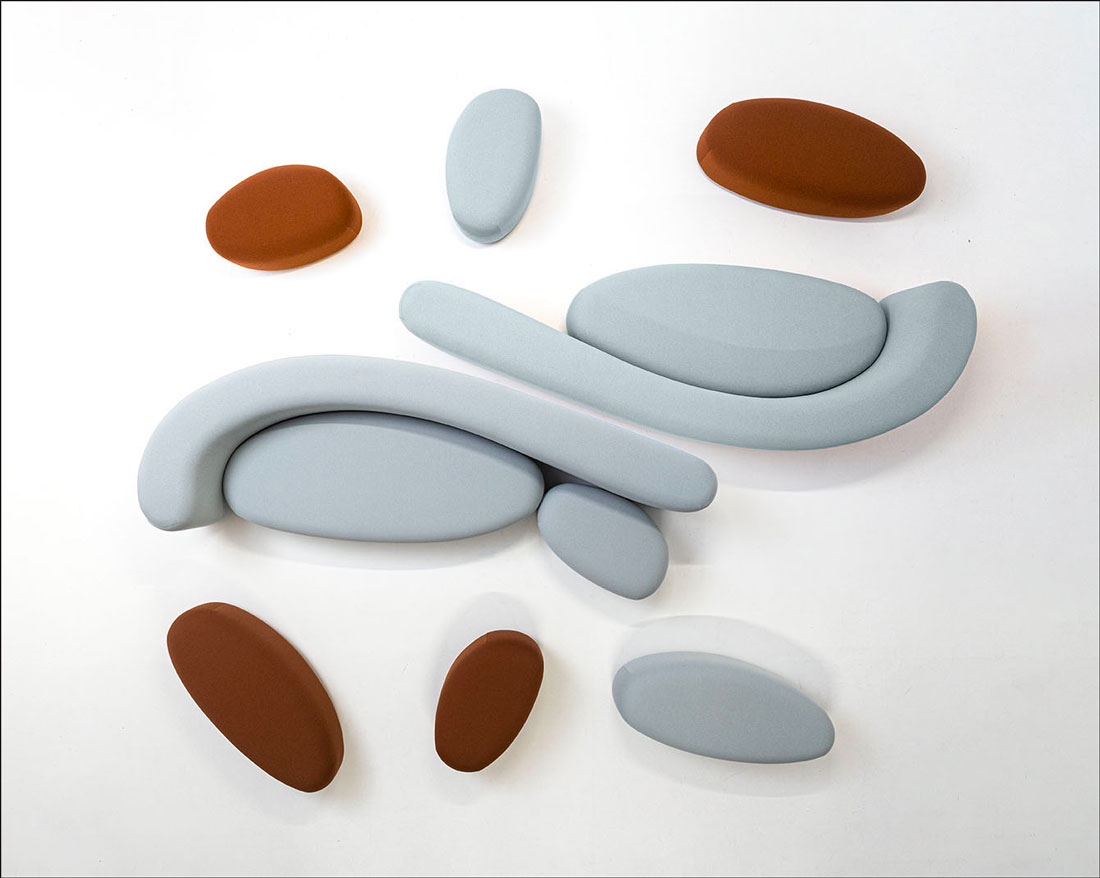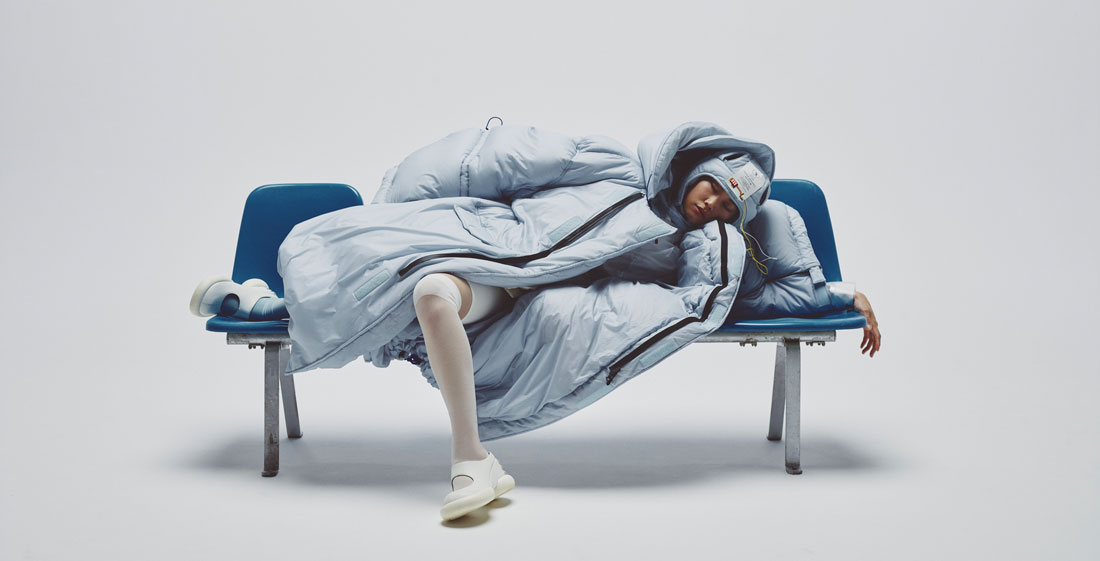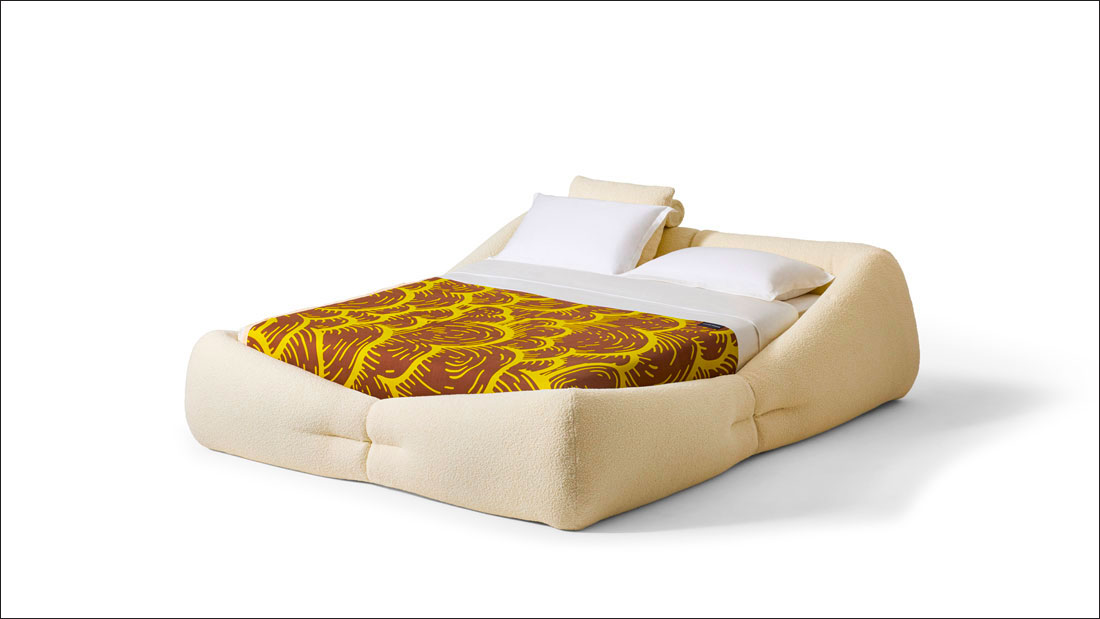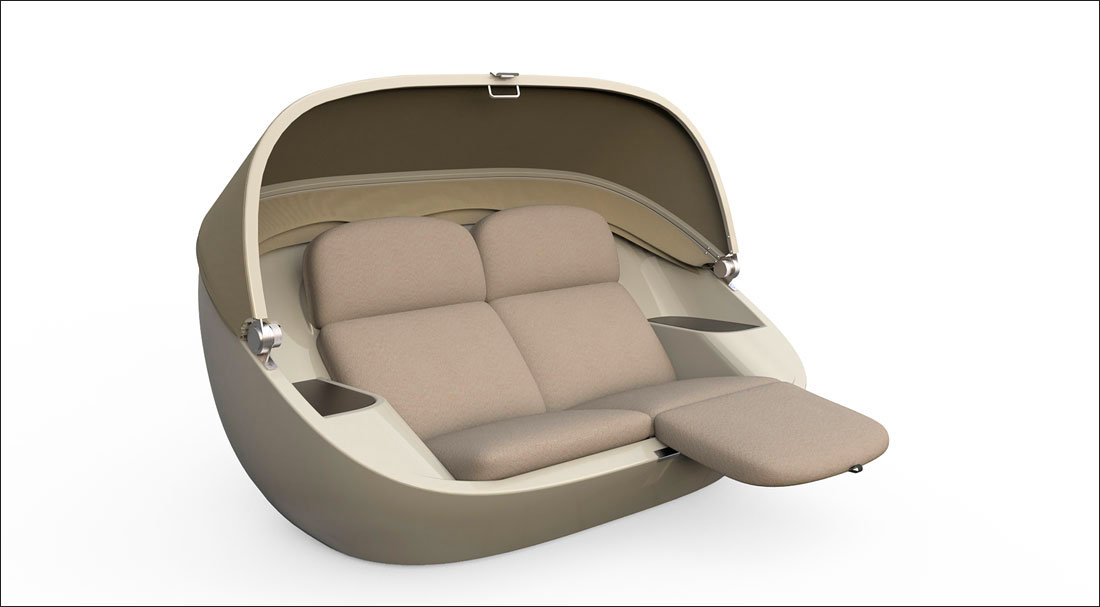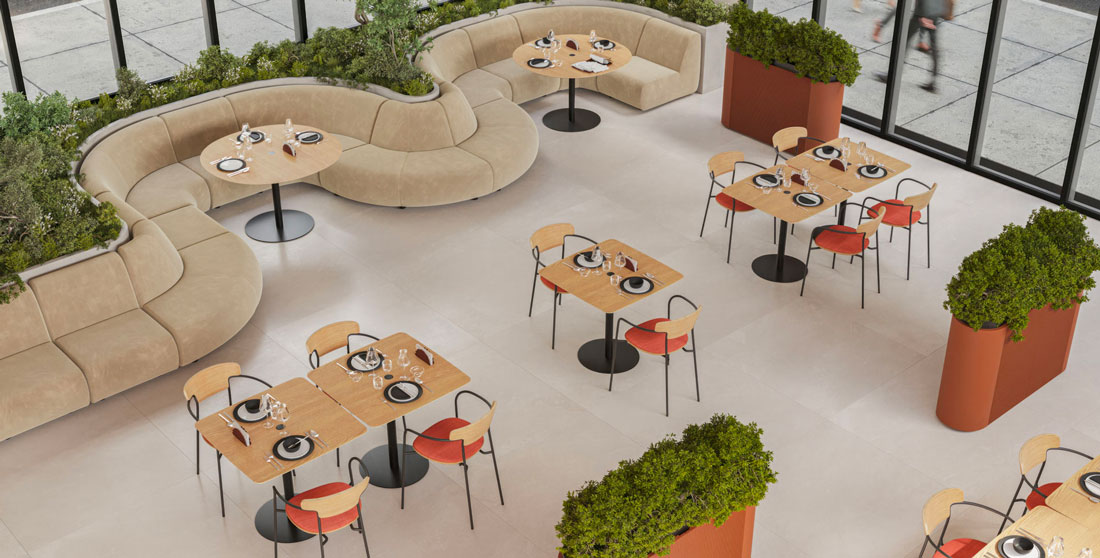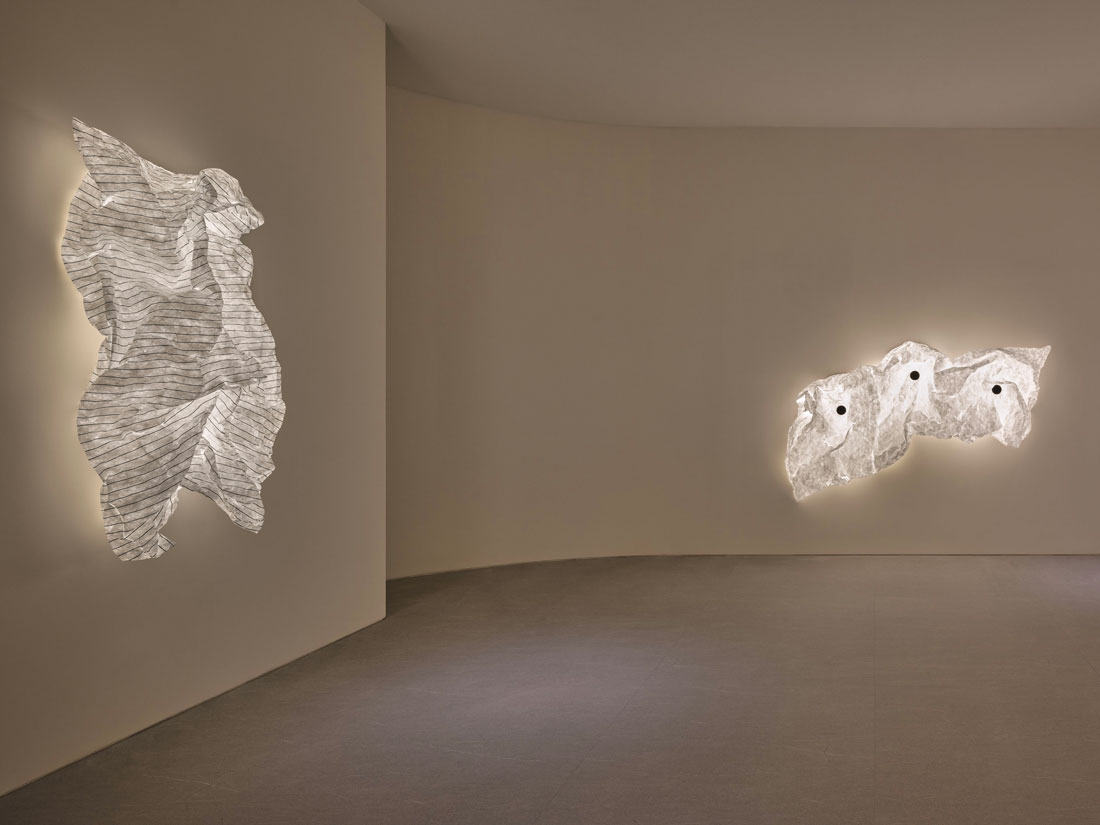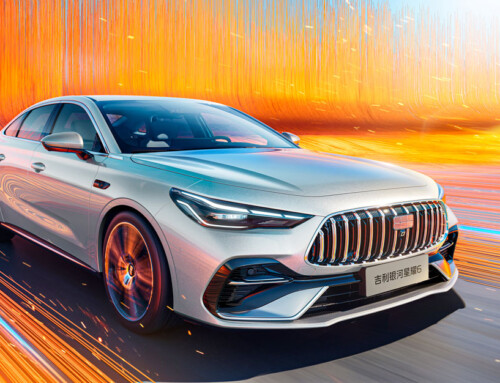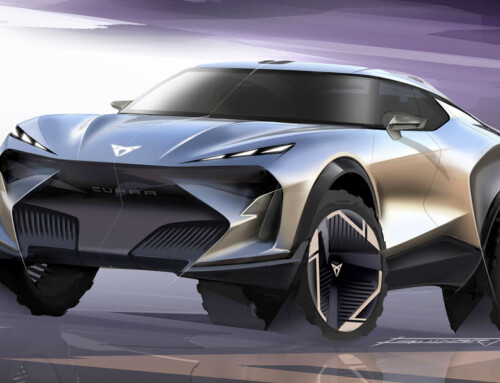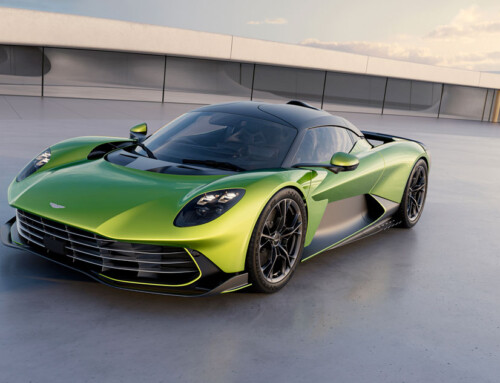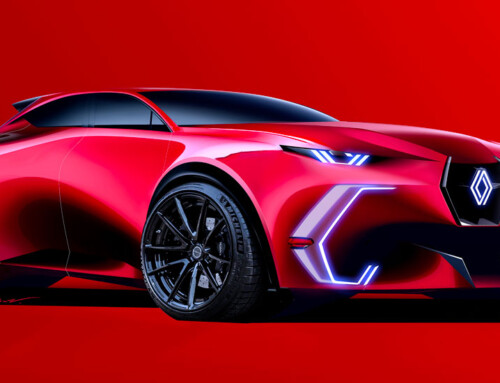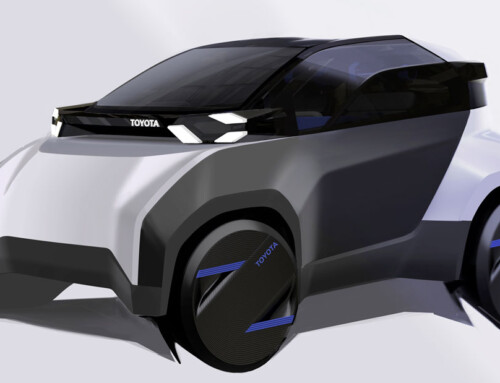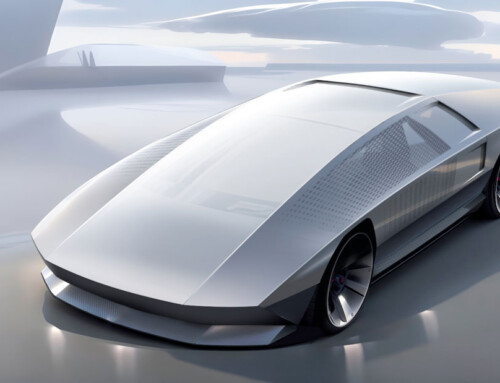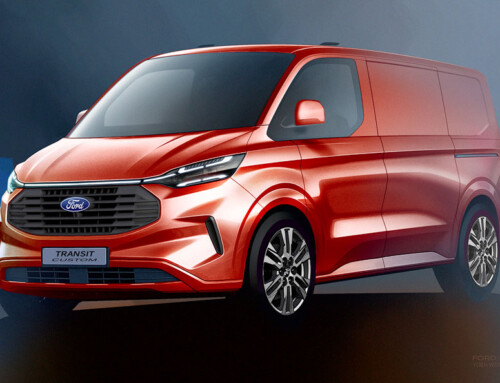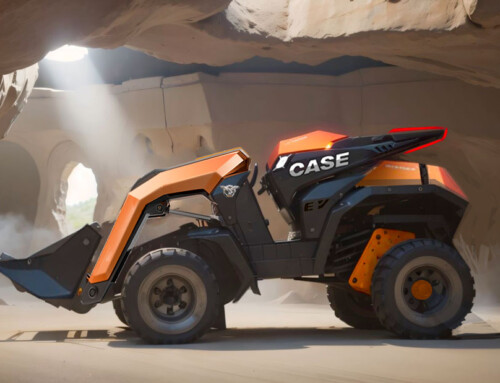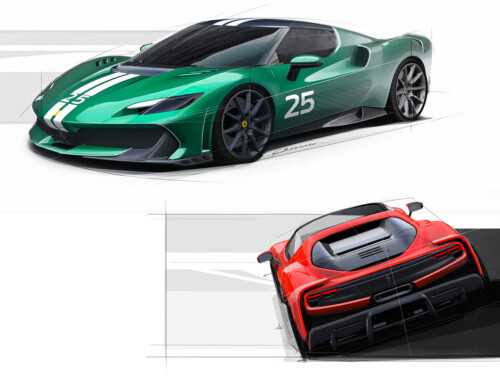Design plays a key role in promoting the uptake of new ideas, and several recent examples from the worlds of product and furniture design confirm an intriguing trend – one that, to some extent, synthesises and extends years of ongoing reflection and experiment.
The “comfort tech” category
The dominant trend – as far as both household and personal design are concerned – is a holistic concept of well-being flowing between individuals and their living space. The vision is a radical one, with designers even exploring how to improve the quality of our rest through devices that are neither furniture nor clothing, but rather sophisticated tech-integrated objects designed for us to interact with. This emerging niche category, known as “comfort tech”, has grown steadily in recent years and reflects a broader rethinking of the home – one that increasingly incorporates fitness and leisure.
Chillin our areas are evolving
Within this context, modular, space-saving solutions – including for outdoor use – make more sense: wall-mounted units for storing bikes in urban settings or organising everyday items are all part of this evolving vision. Balancing aesthetics, functionality, and well-being, the body engages with meaningful, new spaces – and even chilling out areas are evolving to embrace sensory comfort and adaptable modularity. This is reflected in Sabine Marcelis’s work on seamless padded items, designed for both residential and commercial use, where soft, rounded forms are front and centre.
New sustainable technologies, new forms
A renewed sense of organic design is also emerging in the bathroom, exemplified by the sculpted washbasin designed by Yves Behar. Reimagining the motion of water, its vortex-shaped, self-cleaning interior optimises flow while encouraging a more mindful relationship with water and the environment. The design takes its inspiration from the world’s first electric tunnel kiln for sanitary ceramics—proof that certain objects now need to be fundamentally rethought, as the evolution of sustainable manufacturing technologies drives the creation of new forms.
Storage units host flowers
In recent years, the growing conversation around biophilic design – straddling the line between scientific insight and broader public engagement – has taken tangible form in the offerings of many brands, particularly in the outdoor sector. New, hybrid typologies are emerging, such as storage units that incorporate planters, or terrace sofas conceived as compact shelters, adaptable to both sunny and rainy conditions.
Eco-conscious and user-friendly design
The most intriguing materials and finishes are increasingly bio-based, reflecting a shift toward eco-conscious and user-friendly design. New pieces, like side tables, embody this approach through thoughtful details – such as cardboard legs paired with metal tops, enabling compact packaging and tool-free, screw-free, glue-free assembly by the user. Others feature patented materials like NOAI® – a blend of raw earth, hemp fibres, quartz, and natural mineral oxides – used in sustainable construction and capable of shielding against harmful phone radiation.
(Full article in A&D no. 273)

